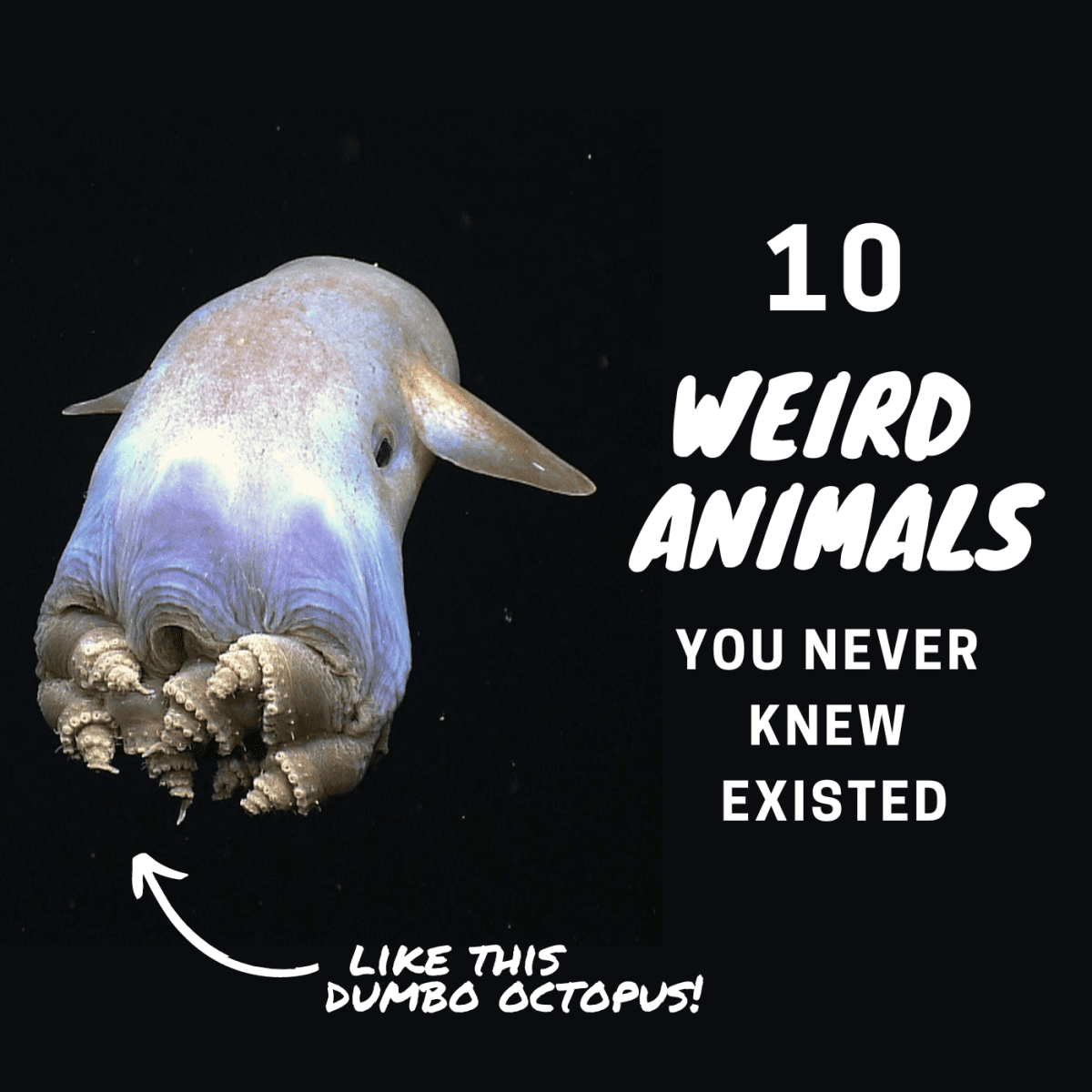Animals are remarkable creatures, and their adaptations never cease to amaze us. After millions of years of evolution, animals have developed extraordinary physical and behavioural adaptations to survive and thrive in their environments. In this article, we explore 10 bizarre animal adaptations that will leave you in awe. These include the mantis shrimp’s incredible eye structure, the sea cucumber’s unique self-defense mechanism, the polar bear’s surprising black skin, and the electric eel’s powerful shock defense. From the kangaroo rat’s ability to live without water to the axolotl’s remarkable capacity to regrow entire limbs, these adaptations give us a glimpse into the remarkable world of animal evolution.
10 Bizarre Animal Adaptations That Will Leave You Speechless
Animals are fascinating creatures that never cease to amaze us. Through millions of years of evolution, animals have developed incredible physical and behavioural adaptations that allow them to survive and thrive in their respective environments. Here are 10 bizarre animal adaptations that will leave you speechless:
1. The Mantis Shrimp’s ‘Superpowers’
The mantis shrimp has the most complex eye structure of any animal on Earth, with 16 photoreceptor cells compared to our own 3. Additionally, a mantis shrimp has an incredibly powerful punch, striking its prey at speeds up to 23 meters per second!
2. The Sphynx Cat’s Hairlessness
Contrary to what many may believe, the Sphynx is not actually hairless, rather, it has a fine layer of downy fur. This breed of cat lacked most of the fur that other cats have because of a genetic mutation.
3. The Sea Cucumber’s Self-Defense Mechanism
Sea cucumbers have a unique anti-predator adaptation of ejecting their internal organs out of their bodies when threatened, causing tremendous confusion for any would-be predators.
4. The Axolotl’s Ability to Regenerate Body Parts
The axolotl is a type of salamander that has the remarkable ability to regrow entire limbs and even repair damaged organs. Scientists are studying the axolotl’s remarkable regenerative abilities in the hopes of discovering new ways of treating human injuries.
5. The Platypus’ Beak
The platypus’ beak may be one of the most peculiar adaptations of any animal. The bill is covered with thousands of sensory receptors that can detect electromagnetic fields, allowing the platypus to find prey in murky water.
6. The Polar Bear’s Black Skin
Polar bears are often thought of as having white fur, but in reality, their skin is actually black. The black skin allows the bear to absorb sunlight more effectively and retain heat in their extreme Arctic environment.
7. The Kangaroo Rat’s Ability to Live Without Water
The kangaroo rat has adapted to its arid desert environment by developing the remarkable ability to live its entire life without drinking water. Instead, it obtains all its necessary fluids from the seeds it eats.
8. The Star-Nosed Mole’s ‘Super Sniffer’
The star-nosed mole has a set of 22 fleshy tentacles around its nose, each covered with thousands of sensory receptors. This allows the mole to detect prey buried underground, as well as allowing it to navigate in complete darkness.
9. The Sloth’s Slow Metabolism
Sloths are known for their notoriously slow movements, but their slow metabolisms may be the key to their survival. Their slow metabolism allows them to conserve energy and survive on a diet of nutrient-poor leaves.
10. The Electric Eel’s Shocking Defense Mechanism
The electric eel can generate powerful electric shocks up to 600 volts, which it uses to effectively stun or kill prey, as well as defend itself against predators.
These adaptations are just a small glimpse into the world of the incredible adaptations that animals have evolved to survive and thrive in their respective environments.
